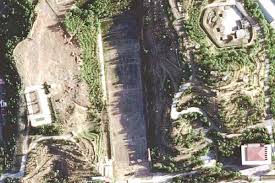
中國軍方:將使用貨船入侵台灣
・讀賣新聞等分析衛星影像
・使用滾裝船的訓練
我們將為您提供讀賣新聞上發表的文章摘要。
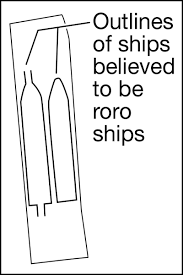
Yomiuri Shimbun analyzes satellite images:
Yomiuri Shimbun conducted a satellite image analysis in collaboration with the Institute for National Fundamentals.
Chinese military conducts training:
The Chinese military is conducting training using RORO ships (civilian cargo ships) in preparation for an invasion of Taiwan.
1. RORO ships are cargo ships that large vehicles can board and disembark directly.
2. It has been pointed out that China may requisition RORO ships for an invasion of Taiwan.
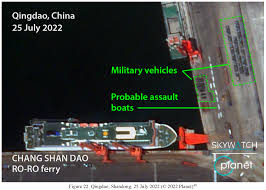
Training ground in Hebei Province, China:
The Chinese military’s training ground for an invasion of Taiwan is located in Chengde, Hebei Province, China.
Two outlines of RORO ships are drawn on a rectangular site (photographed on May 14th)
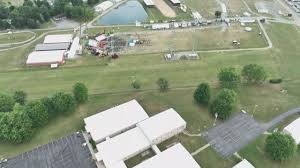
Satellite imagery from Planet Labs:
US space company Planet Labs analyzed the satellite images it took.
The Chinese military reported on training at this garrison with a view to an invasion of Taiwan in mind.
Results of satellite image analysis:
1. The image was taken in May 2024 at a training site in Chengde, Hebei Province.
Two outlines of a ship approximately 170 meters long that imitates a RORO ship are drawn.
2. The same training site was photographed in September 2022.
The satellite image captured a large number of vehicles entering the outlines.
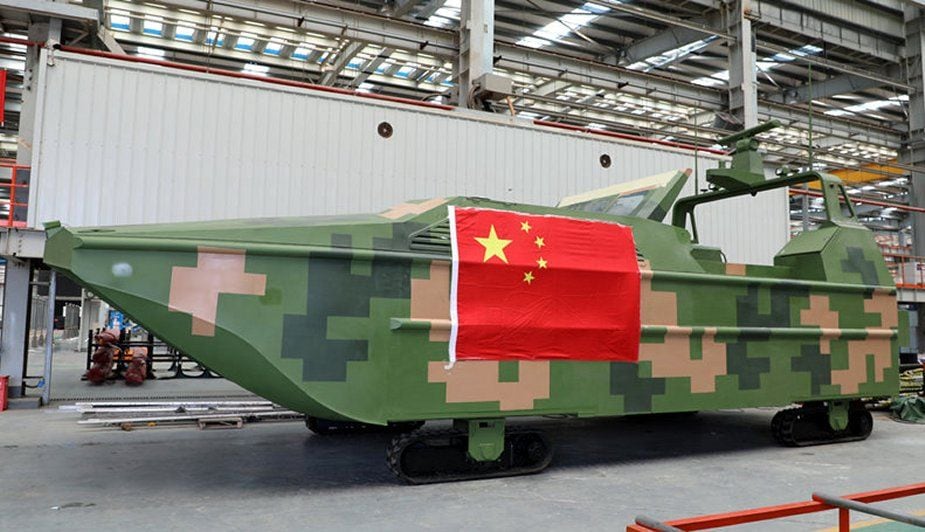
Chinese Marine Corps:
1. Training to transport soldiers, weapons, etc.
Drivers transporting soldiers and trucks loaded with ammunition and fuel are repeatedly training to board the ship efficiently.
2. Preparatory training for amphibious operations
The Marine Corps is conducting training for amphibious operations, including the use of RORO ships.
https://www.yomiuri.co.jp/world/20240718-OYT1T50007/

Japanese government: Analysis of last year’s Chinese military exercises
Summary from an article published in the Yomiuri Shimbun.
Japanese government:
The Japanese government analyzed last year’s Chinese military exercises.
It was found that Chinese ground forces are capable of landing on Taiwan within as little as one week.
1. Traditionally, it was estimated that a Chinese landing on Taiwan would take one month.
2. The Chinese military is also considering a super-short-term battle that exploits gaps in the US military.
Japan, the US and Taiwan are increasing their vigilance against China’s super-short-term battles.
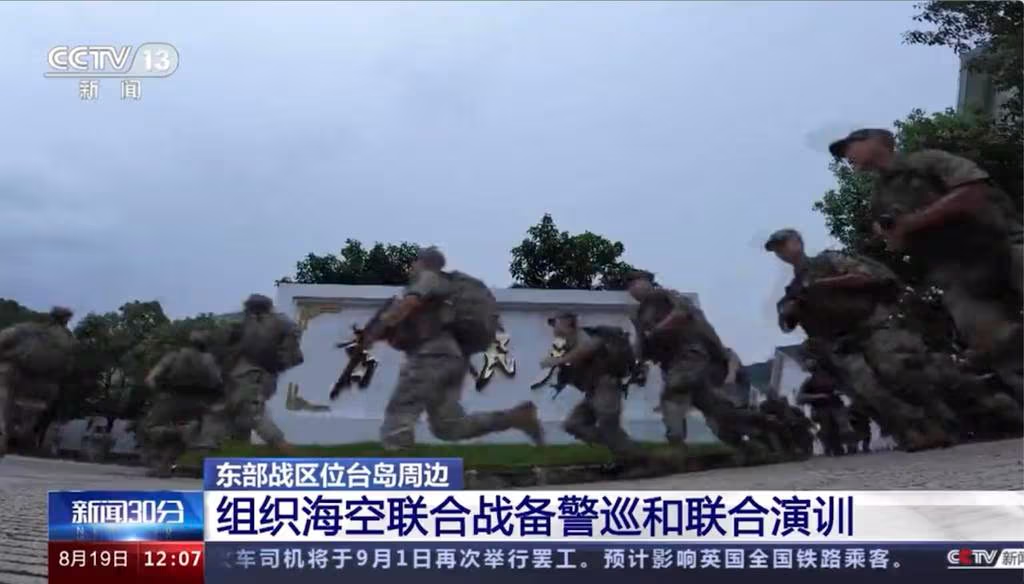
Japanese government analysis:
1. Around the summer of 2023, the Chinese military will conduct training in nearby waters over the course of one month.
2. The analysis focused on missile and naval training.
Results of the analysis of the series of exercises:
If each unit conducts simultaneous operations:
It was found that it would take only a few days to blockade the sea and air around Taiwan and land a large number of ground forces.
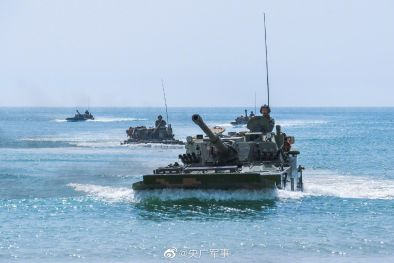
Invasion of Taiwan by the Chinese military:
The invasion of Taiwan is expected to proceed in the following order.
1. Chinese naval vessels blockade the sea
2. Chinese missiles attack Taiwanese military facilities
3. Deploy landing ships and transport helicopter units to build a bridgehead
4. Deploy troops and tanks on landing ships and large civilian cargo ships

Counterattack by the Taiwanese military:
1. US military intervention can make China’s operations difficult.
2. The Chinese military wants to take control of Taiwan before the main US military forces arrive.
China’s hybrid warfare with cyber attacks:
1. China launches armed attacks and cyber attacks on critical infrastructure.
2. There is also a possibility that a hybrid war will be launched to delay US military intervention.
If an ultra-short-term war becomes a reality:
The key issue is whether the Japanese, US and other governments can respond quickly.
The Japanese government will also be faced with the challenges of protecting the 20,000 Japanese nationals residing in Taiwan and evacuating residents of Okinawa Prefecture and the Sakishima Islands.
https://www.yomiuri.co.jp/politics/20240718-OYT1T50001/